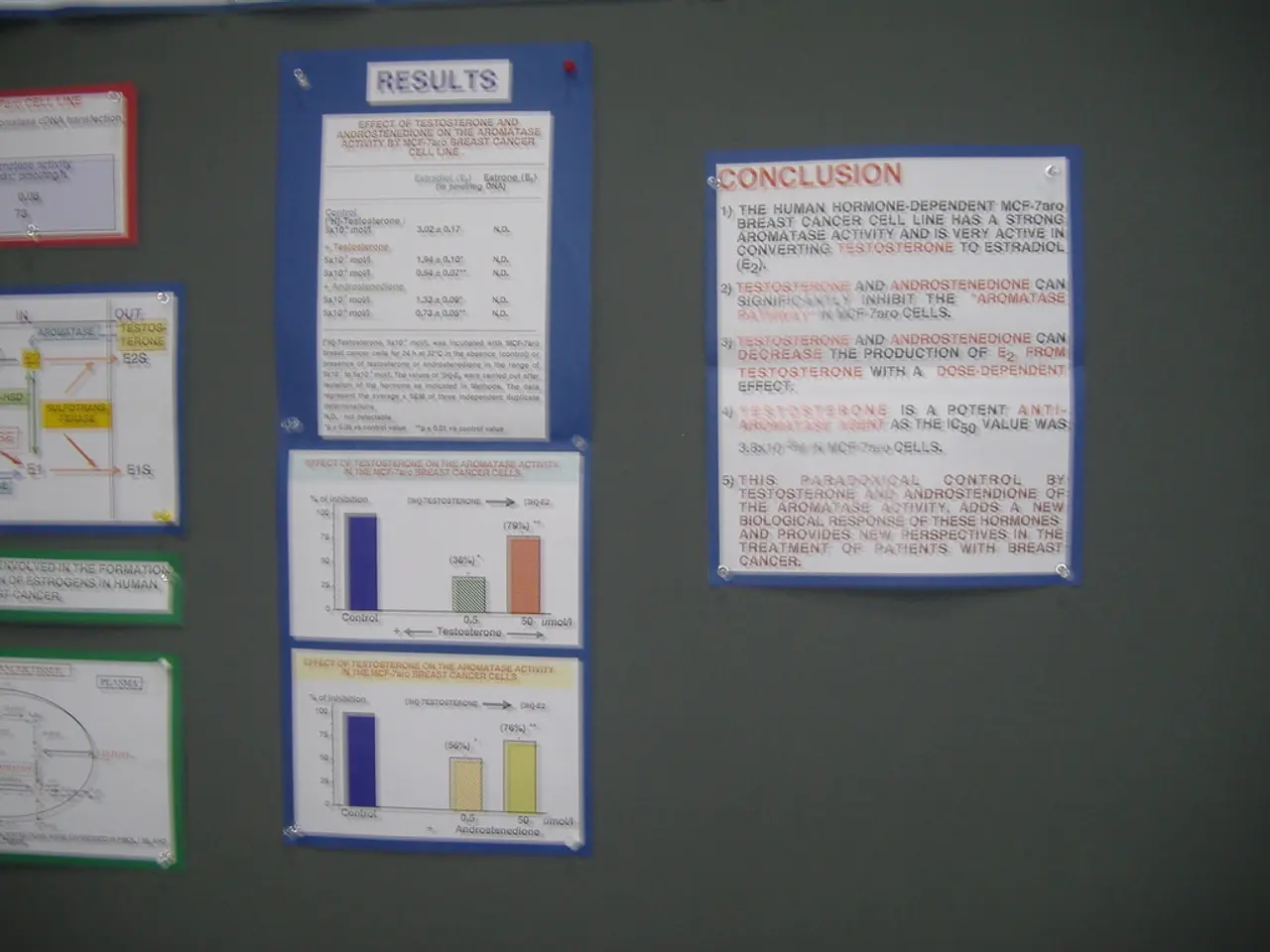Enhancements Made by the Commission to Boost System Productivity
**Global Carbon Market Poised for Growth and Integration**
The global carbon market is set to experience significant growth and increased integration, driven by the expansion of mandatory cap-and-trade programs and the strengthening of market linkages between key regions such as Europe, California, and the UK.
### Expansion of Cap-and-Trade Systems
Governments worldwide are intensifying their climate commitments and implementing stricter emissions reduction targets, leading to the anticipated expansion and strengthening of cap-and-trade systems. These systems are expected to incorporate more sectors and tighten caps progressively to reduce overall carbon emissions.
### Regional Carbon Market Linkages
Regions like the European Union, California, and the UK, which already operate prominent cap-and-trade programs, are likely to deepen their programs’ scope and stringency, increasing carbon credit demand and market liquidity. Linkages between regional carbon markets, such as the EU Emissions Trading System (EU ETS) and California's cap-and-trade program, are a key future development. These linkages promote efficiency and cost-effectiveness in global emissions reductions, facilitate carbon price convergence, increased market liquidity, and broader coverage.
### Drivers Behind Market Growth
The growth of the global carbon market is driven by various factors, including growing carbon pricing and regulatory measures globally, increasing corporate commitments to net-zero emissions, advances in monitoring and verification technology, and expansion in related sectors such as advanced biofuels and carbon-neutral infrastructure.
### Current Market Developments
In 2024, maritime transport was included in the EU ETS calculation system for the first time, with around 72 million tonnes of CO2 reported. The decrease in emissions from the EU ETS in 2024 was primarily driven by the power sector, with a 15% decrease in coal emissions, an 8% increase in production from renewable sources, a 5% increase in production from nuclear sources, and an 8% decrease in gas emissions. Industrial emissions remained stable in 2024. Aviation emissions, however, increased by 15% in 2024.
### Future Prospects
The return of global CO2 prices to pre-Ukraine invasion levels creates an opportunity to invest or rebalance positions in Europe, California, or the global basket of CO2 markets from 2030 onwards. There is also a rising demand for high-quality carbon offsets and removals, with voluntary carbon offset prices forecasted to rise dramatically by 2030.
India and Turkey are discussing new CO2 credit programs, while other countries are expected to adopt carbon pricing mechanisms in response. The EU has launched the Carbon Border Adjustment Mechanism, imposing a tariff on CO2-intensive imports.
Luke Oliver, head of Climate Investments at KraneShares, comments that voluntary CO2 credit markets need improvements to grow. Meanwhile, the carbon market is worth over $1 trillion and is expected to expand and evolve.
Linkages between carbon markets, such as between Washington State, California, Quebec, the UK, and the EU, are a possibility. As these developments unfold, the global carbon market is poised for growth and increased integration, driving up the value and volume of carbon trading globally.
- The strengthening of cap-and-trade systems, particularly in response to intensified climate commitments and stricter emissions reduction targets, will potentially incorporate more sectors and tighten caps to reduce overall carbon emissions, thus providing opportunities for growth in the environmental-science sector.
- advances in science and technology, such as monitoring and verification technology, as well as the increasing corporate commitments to net-zero emissions, will drive the growth and evolution of the carbon market, making it an attractive area for finance and investing in real-estate projects focused on environmental sustainability.
- The extension of carbon pricing and regulatory measures, along with growing carbon credit demand through regional carbon market linkages and increasing voluntary carbon offset prices, will create lucrative investments in climate-change mitigation and adaptation projects within the realm of finance and real-estate development.




